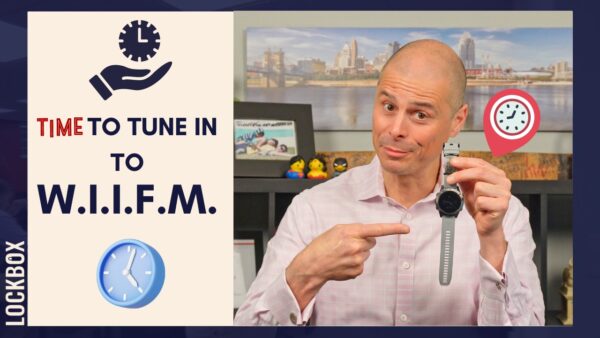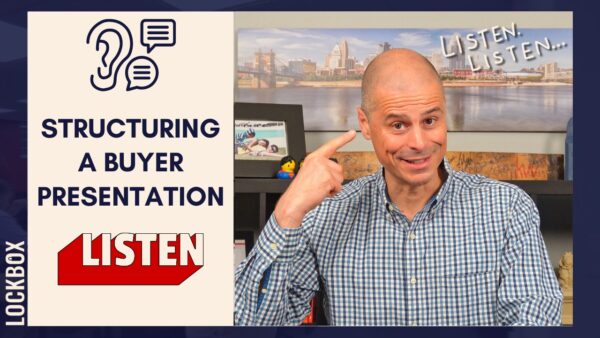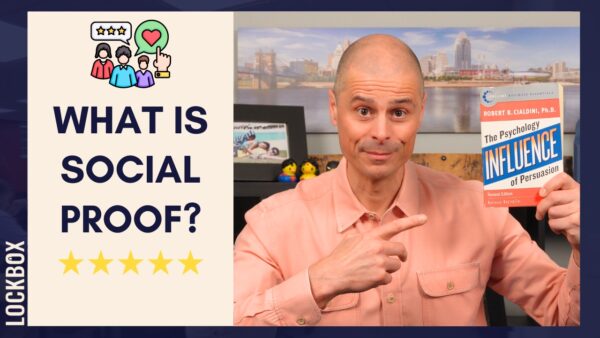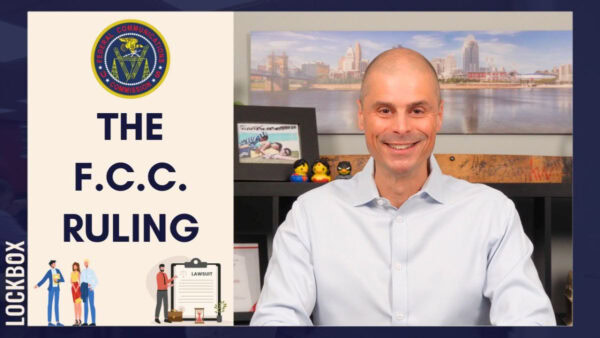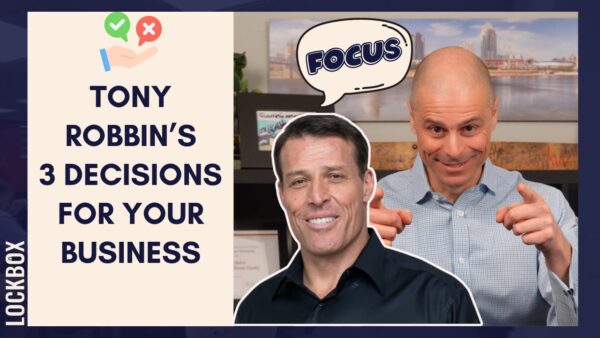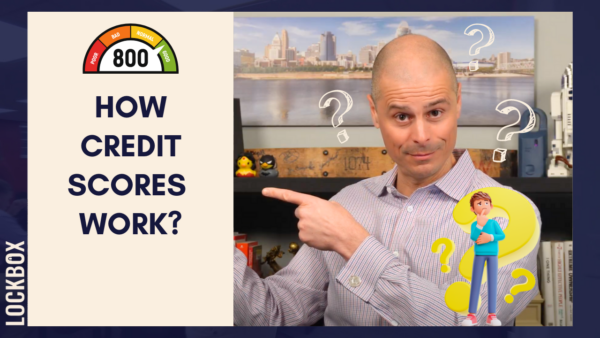Perfecting Your Buyer Presentation: WIIFM

The currency of real estate sales is trust. And trust is first earned by establishing warmth. Warmth is generated in part through body language, tonality, rapport-building, smiling, etc., and it’s also established by focusing your questions on your client’s needs.
As you navigate through buyer consultations, it’s essential to remember that this meeting isn’t about showcasing your achievements—it’s about tuning into your client’s favorite station: WIIFM, or “What’s In It For Me?” This approach is not just about selling homes; it’s about understanding and prioritizing the needs, timing, and expectations of your buyers.
Moving From ‘Three Deep’ to WIIFM
Last week, we discussed the ‘Three Deep’ technique as a method to dive deeper into understanding what truly matters to your clients. This week, let’s build on that foundation by focusing on three crucial aspects that will further establish warmth: timing, communication preferences, and expectations.
1. Understanding Their Timing: Start by clarifying their ideal timeline. Ask them, “What’s the perfect time for you to close?” Work backward from this date to establish when they need to start actively looking for properties. This discussion shows that you’re considerate of their schedule and are planning strategically around their life.
2. Preferred Communication: Each client has their preferred mode of communication—some may favor emails, while others prefer calls or texts. Identifying and noting down their preferred communication method demonstrates that you respect their preferences and are willing to adapt for their needs. Just remember, if ‘by phone’ isn’t one of their preferred communication forms, be sure to set the expectation: “There will be times during this process that we will need to communicate by phone for me to do the best job representing you. When one of those times arise, if I text you that we need to get on a phone call, will you take that call?”
3. Setting Clear Expectations: Perhaps the most critical step is understanding and agreeing on what they expect from you as their agent. This part of the conversation involves active listening and sometimes managing expectations to ensure they are realistic and achievable. By documenting and affirming their expectations, you validate their concerns and show that you are committed to meeting, if not exceeding, them. Note that there is an Assumptive Close in this part of the consultation. Saying, “what expectations do you have of me as your agent?” assumes that they have already chosen you as your agent and helps move them towards that conclusion.
What You’re Really Doing
By focusing on these elements, you’re effectively showing your clients that their needs and comfort are your priority. You are effectively stating, “You are important to me, and I am here to listen.” This level of personalized attention is what tunes you into their needs, ensuring that the clients feel heard, respected, and cared for.
This technique is not just about gathering information; it’s about building a relationship. Each question you ask and every detail you note down should communicate that you are there to serve their needs and help navigate their real estate journey as seamlessly as possible.
Why This Matters
Clients choose to work with a Realtor they trust, and trust is built when they feel that the Realtor is genuinely invested in their success and well-being. By focusing on the client’s needs, timing, and expectations, you’re not just a salesperson; you’re a partner in their real estate journey. This approach not only sets the stage for a successful transaction but also for a lasting relationship.
Next week, we’ll transition from establishing warmth to demonstrating competence. This balance is what ultimately creates a strong, trust-filled relationship with your clients.




